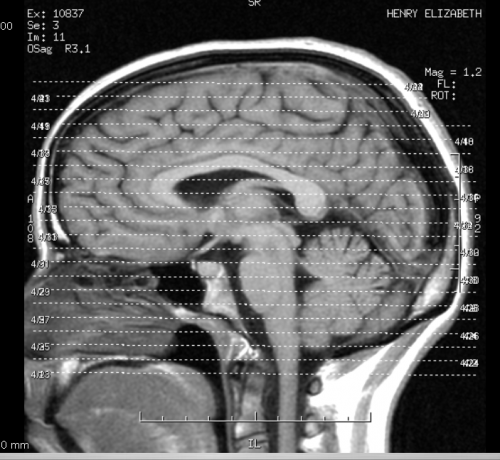Authors: Jonathan Farag and Mary Boyes
Abstract
Education relies on the ability to continually learn and has often been considered a social science rather than a physical science. Advances in neuroscience now allow us to approach learning and intelligence from a scientific standpoint. There is a persistent problem of unequal access to quality education as well as broad social issues that stem from not having a solid education to grow from. In order to provide a conceptually solid attempt to the solution, I work to apply our understanding of cognitive science to this social issue. I conducted research in the anatomy of intelligence, cognitive functions related to intelligence, if these measures are malleable, and how to manipulate these characteristics – as well as social trends to connect the science to. I found that the cognitive function Working Memory is a major function in mediating intelligence levels by serving to keep track of what is presented. Furthermore, I found that there are indeed structural elements of our brain that mediate intelligence which are heavily affected by learning during our maturational years by establishing and saturating the neuronal connections in our brain. Additionally I found that intelligence levels are impeded by low quality education. These results lend to the idea that cognitive training can be utilized in the classroom to boost performance. In addition, the results are really complementary as there is scientific evidence that links low quality education to certain lifestyles. This is not the ultimate solution to solve America’s education issue, but there is a grave problem that is unfair to many people and detrimental to society. However, the connections and results can serve as a starting point of the solution or even as an impetus for more research and for action put towards the problem.


